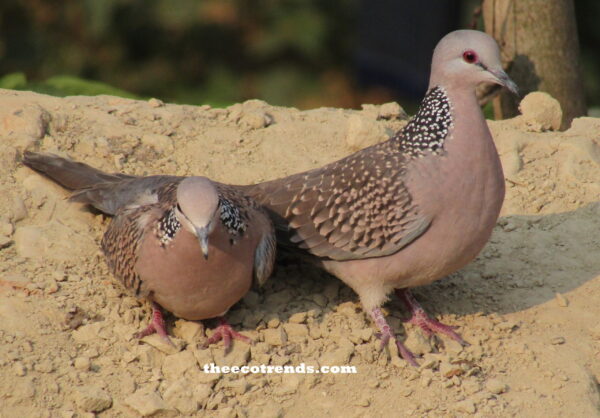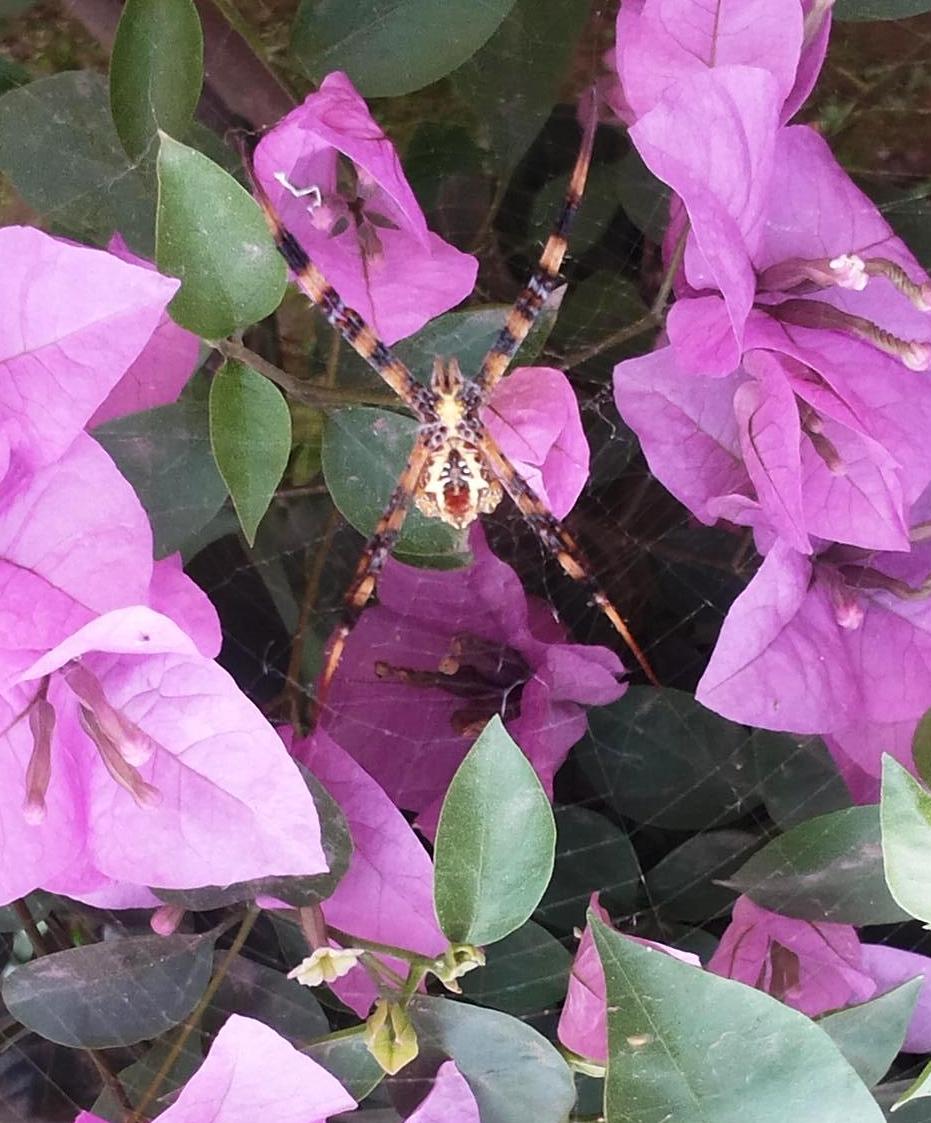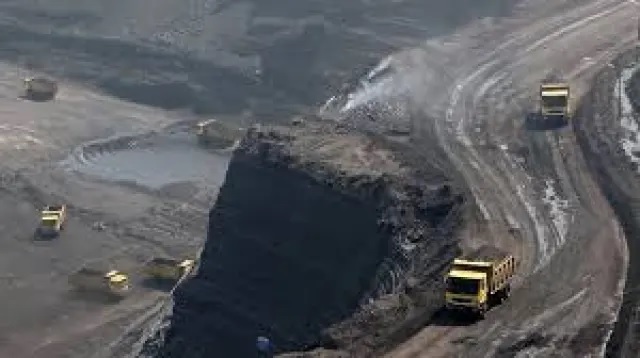According to their physical make up, there are basically two types of animals– Vertebrates and invertebrates. Invertebrates are those animals that don’t have a vertebral column or backbone. On the other hand, Vertebrates are those animals who have a vertebral column or the back bone.
These animals are further classified variously into many types, and each type is described below-
Pisces or Fishes:
These were among the first vertebrates to evolve. The earliest known fishes were the ostracoderms, a now-extinct group of jawless fishes that appeared in the Cambrian Period, about 510 million years ago. Other early fish include the conodonts and the agnanthans (the hagfish and the lamprey). Fishes later evolved jaws and diversified into a number of lineages including cartilaginous fishes, ray-finned fishes and lobe-finned fishes. The ray-finned fishes are the most diverse of all vertebrate groups, with some 24,000 species. There are about 810 species of cartilaginous fishes and 8 species of lobe-finned fishes.
Key Characteristics of Pisces
(i).These animals are vertebrates.
(ii). These were the first animals to evolve jaws.
(iii). These animals breathe using gills.
(iv).These animals do not have limbs.
(v). These are ectothermic.
Amphibians:
These were the first vertebrates to make the move from life in water to life on land. Despite their early colonization of terrestrial habitats, most lineages of amphibians have never fully severed their ties with aquatic habitats. The first amphibians evolved from lobe-finned fishes approximately 370 million years ago during the Devonian Period. Amphibians include newts and salamanders, frogs and toads, and caecilians. There are between 5000 and 6000 species of known amphibians alive today. Amphibian species are in decline around the world due to a variety of threats including of invasive species, habitat destruction, disease, climate change and toxins.
Key Characteristics of amphibians
(i).These animals are vertebrates.
(ii). These are tetrapods which mean these have four legs.
(iii). These are ectothermic.
(iv). These animals are aquatic at larval stage of their development.
(v). These animals were the first vertebrates to colonize terrestrial habitats.
Reptiles:
These are cold-blooded vertebrates that diverged from ancestral amphibians about 340 million years ago during the Carboniferous Period. Early reptiles included organisms such as Hylonomus, Petrolacosaurus, Archaeothyris and Paleothyris. The oldest evidence of reptiles is a set of footprints found in Nova Scotia. Two characteristics distinguish early reptiles from amphibians: scales and the ability to lay hard-shelled amniotic eggs. Reptiles include turtles, squamates, crocodiles and tuataras. There are about 8,000 species of reptiles alive today.
Key Characteristics of these animals
(i).These animals are vertebrates.
(ii). These are tetrapods.
(iii). These are ectothermic.
(iv). These animals have scales and scutes.
(v). These animals have amniotic eggs.
Mammals:
These animals are vertebrates that evolved from therapsid reptiles during the Jurassic Period about 200 million years ago. The first mammals, known as morganucodontids, were nocturnal insect eaters that resembled modern-day shrews. For the better part of 130 million years, mammals remained small and lived in a world dominated by the dinosaurs. But around 65 million years ago, a drastic shift in climate caused the extinction of more than two-thirds of the animal species on the planet, including the dinosaurs. Today, mammals are remarkably varied, with some 5,400 species occupying every continent on the globe. Some of the better-known mammal groups include carnivores, rodents, elephants, marsupials, rabbits, bats, primates, seals, anteaters, cetaceans, odd-toed ungulates and even-toed ungulates.
Key Characteristics of these animals
(i).These animals are vertebrates.
(ii). These are tetrapods.
(iii). These are endothermic.
(iv). These animals have hairs on body and all of these animals have mammary glands.
(v). The lower jaw consists of a single bone.
(vi). These animals show diphyodonty, which means their birth teeth are replaced by permanent teeth. (vii). These animals have three middle ear bones.
(viii). These animals have diaphragm in their bodies.
(ix). These animals have three-chambered heart.
The animals whose birth teeth are replaced by permanent teeth are called as a Diphyodont. Most Diphyodont contrast with a different type of dentition called as Polyphyodont whose teeth are constantly replaced. There is still another type of dentition in animals which is called as Monophydont which are animals who have only one set of teeth that do not change over a long period of growth.
Birds:
These animals evolved from reptiles during the Mesozoic Era about 150 million years ago. Today, more than 9,000 species inhabit virtually every terrestrial habitat on the planet. Birds have a number of characteristics that sets them apart from other vertebrates such as feathers, bills and a furculum. Birds, best known for their ability to fly, are unmatched in their command of the skies. Albatrosses glide over the vast open sea, hummingbirds hover motionless in mid-air, and birds of prey capture prey with pinpoint accuracy. But not all birds are aerobatic experts. Some species such as ostriches, kiwis and penguins, lost their ability to fly long ago in favor of lifestyles suited more for land or water.
Key Characteristics of birds
(i).These animals are vertebrates.
(ii). These are tetrapods.
(iii). These are endothermic.
(iv). These animals have feathers and bills.
(v). These animals have lightweight bones (bones that are either hollow or spongy).
(vi). These animals have fused bones in pelvis, feet, hands, and head.
(vii). No teeth or maxillary bones of the jaw (reduces anterior weight).
(viii). These animals have Four-chambered heart and high metabolic rates.
(ix). Produce large, richly provisioned external eggs.




